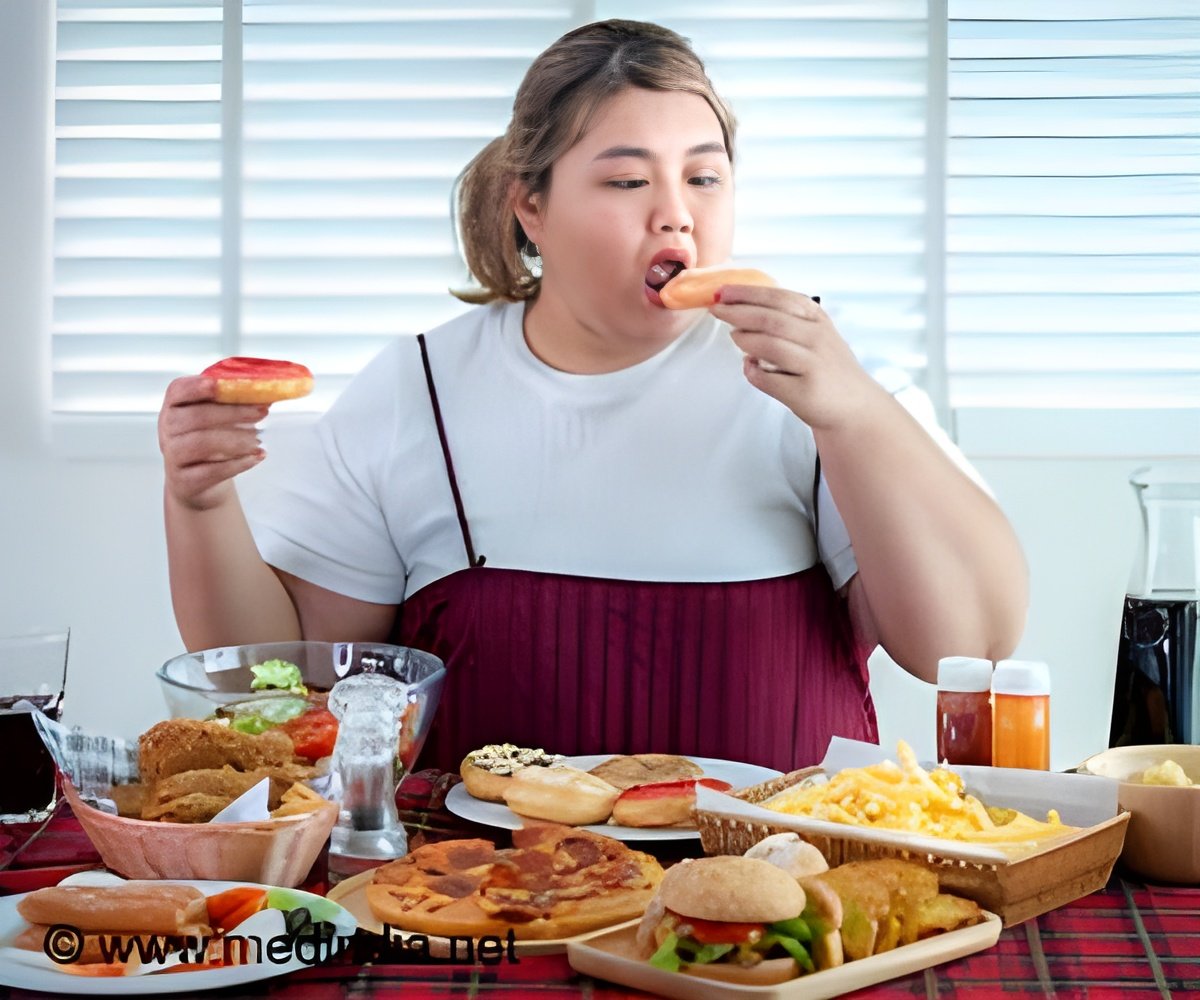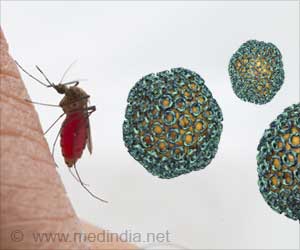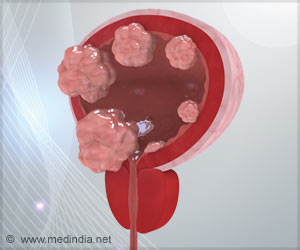
Increased intake of ultra-processed foods—even in the form of diet sodas, packaged crackers, cereals and yogurts—is strongly linked to high blood sugar levels in people with Type 2 diabetes, according to a new study led by a team of researchers in nutritional sciences, kinesiology and health education at The University of Texas at Austin.
Advertisement
Ultra-Processed Foods and Diabetes: The Double Trouble
In a paper recently published in the Journal of the Academy of Nutrition and Dietetics, the team describes how — even more than just the presence of sugar and salt in the diet — having more ultra-processed foods laden with additives can lead to higher average blood glucose levels over a period of months, a measure called HbA1C (1✔ ✔Trusted Source
Degree of Food Processing is Associated with Glycemic Control in African American Adults with Type 2 Diabetes: Findings from the TX STRIDE Clinical Trial
).
“There are a lot of ways to look at and measure healthy eating,” said senior author Marissa Burgermaster, assistant professor of nutritional sciences at UT. “We set out to see which measurement was associated with blood sugar control in people with Type 2 diabetes. We found that the more ultra-processed foods by weight in a person’s diet, the worse their blood sugar control was, and the more minimally processed or unprocessed foods in a person’s diet, the better their control was.”
The study used baseline data from an ongoing clinical trial called Texas Strength Through Resilience in Diabetes Education (TX STRIDE) , led by Mary Steinhardt in UT’s College of Education. Participants included 273 African American adults diagnosed with Type 2 diabetes and recruited through Austin-area churches. Each participant provided two 24-hour diet recalls and a blood sample to measure HbA1C.
The researchers examined the diet recalls and scored them against three widely used indexes that look at the overall quality or nutrition in a person’s diet, but those tools were not associated with blood glucose control. Instead, how many grams of ultra-processed food the participants ate or drank was linked to worse control, and a correspondingly better control occurred in participants who ate more whole foods or foods and drinks with minimal processing.
Advertisement
Dangers of Eating More Ultra-Processed Foods
Recent studies have indicated that eating more ultra-processed foods is linked to higher rates of cardiovascular disease, obesity, sleep disorders, anxiety, depression and early death. Ultra-processed foods are typically higher in added sugars and sodium, but the researchers concluded that the A1C increases were not about merely added sugar and sodium, or they would have correlated with the tools that measure overall nutritional quality in the diet. Synthetic flavors, added colors, emulsifiers, artificial sweeteners and other artificial ingredients may be in part to blame, hypothesized Erin Hudson, a graduate student author of the paper, and this would suggest that dietary guidelines may need to begin to place more emphasis on ultra-processed foods.
Advertisement
How Many Grams of Ultra-Processed Foods are Safe for Diabetics?
For participants of the study who were not on insulin therapy, a diet with 10% more of its overall grams of food being ultra-processed was associated with HbA1C levels that were, on average, 0.28 percentage points higher. Conversely, those whose diet contained a 10% higher amount of overall food being minimally processed or unprocessed had HbA1C levels, on average, 0.30 percentage points lower. Having an HbA1C below 7 is considered ideal for people with Type 2 diabetes, and people who consumed, on average, 18% or fewer of their grams of food from ultra-processed foods were more likely to meet this mark.
References:
- Degree of Food Processing is Associated with Glycemic Control in African American Adults with Type 2 Diabetes: Findings from the TX STRIDE Clinical Trial – (https://www.jandonline.org/article/S2212-2672(24)00877-3/abstract)
Source-Eurekalert



